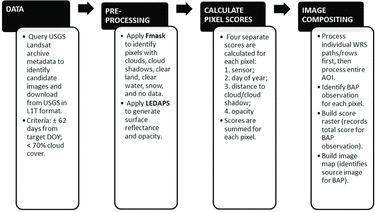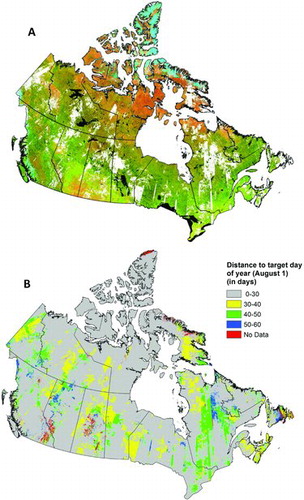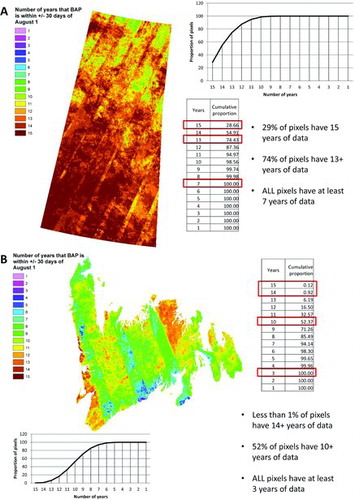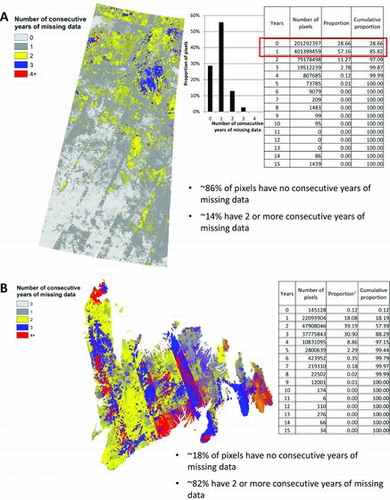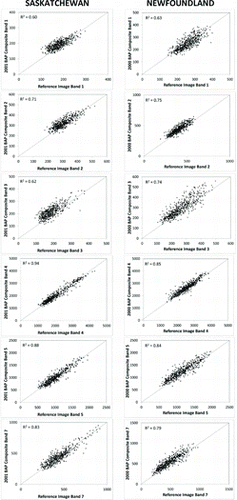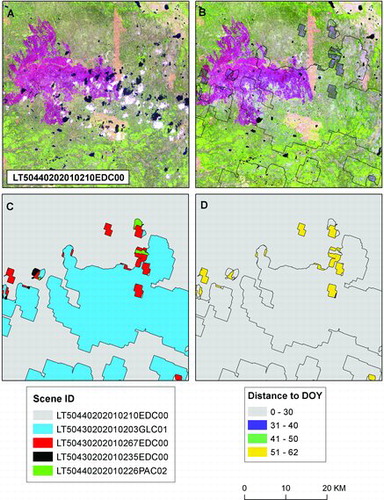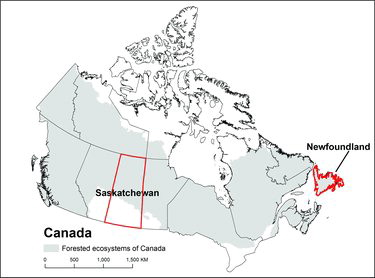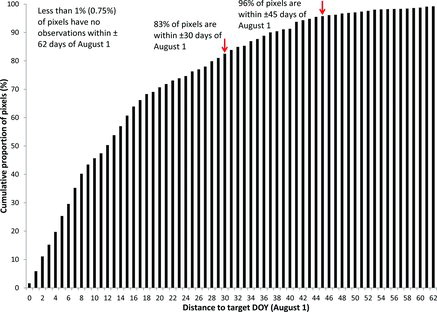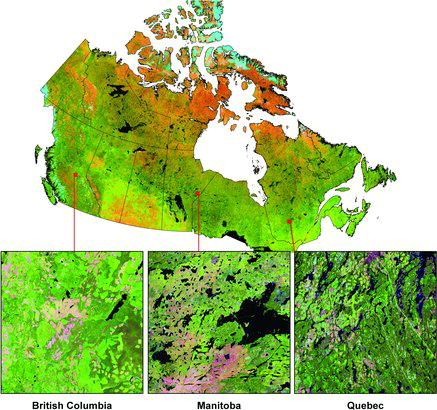Figures & data
TABLE 1 Review of studies applying Landsat pixel-based image compositing approaches
TABLE 2 Key attributes for Canada's NFI and Carbon Accounting programs
TABLE 3 A lexicon of pixel-based image composites
TABLE 4 Examples of different information requirements and associated compositing criteria
